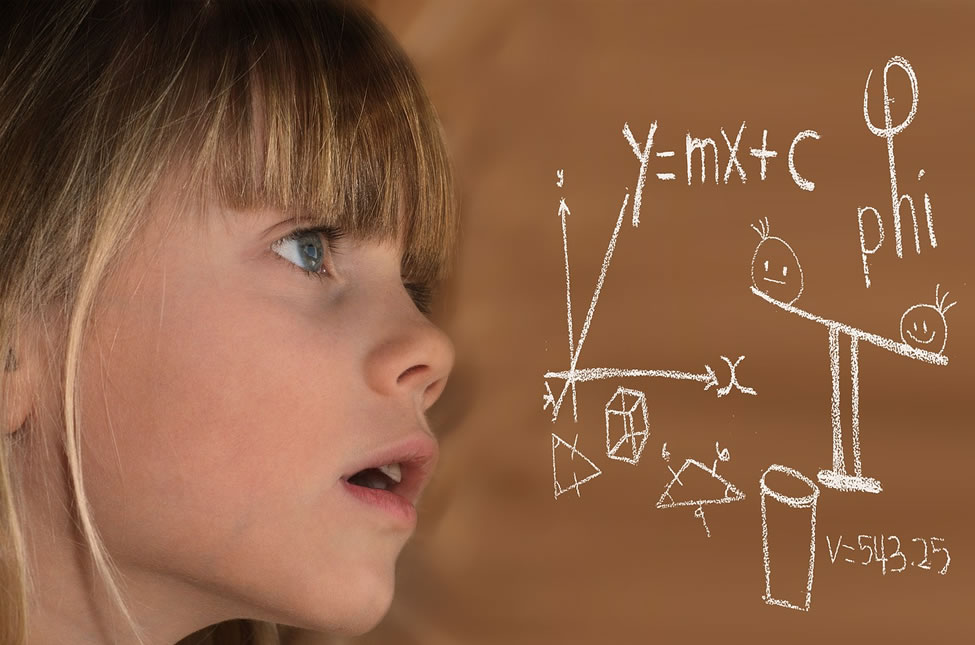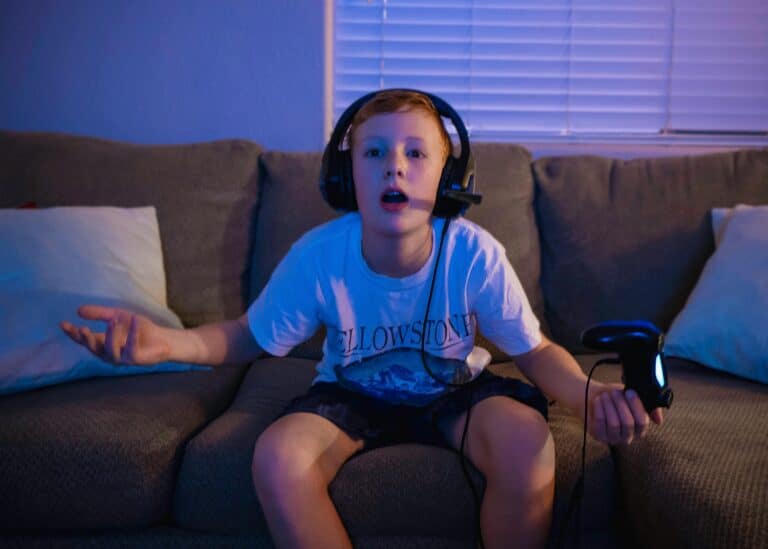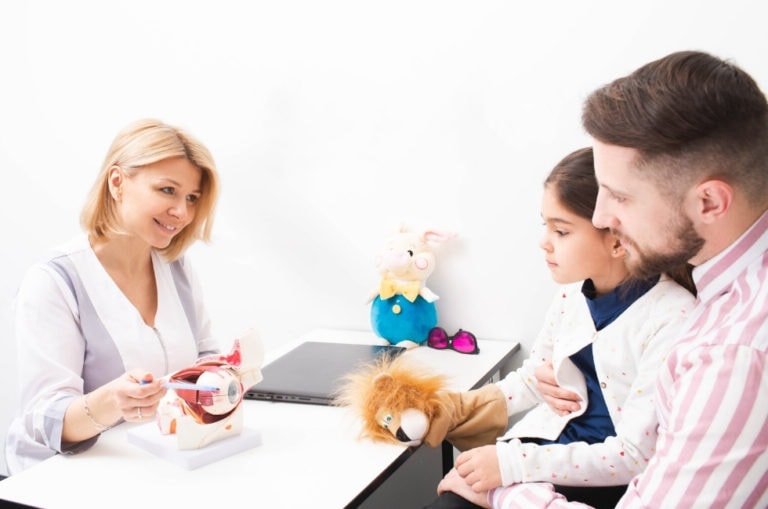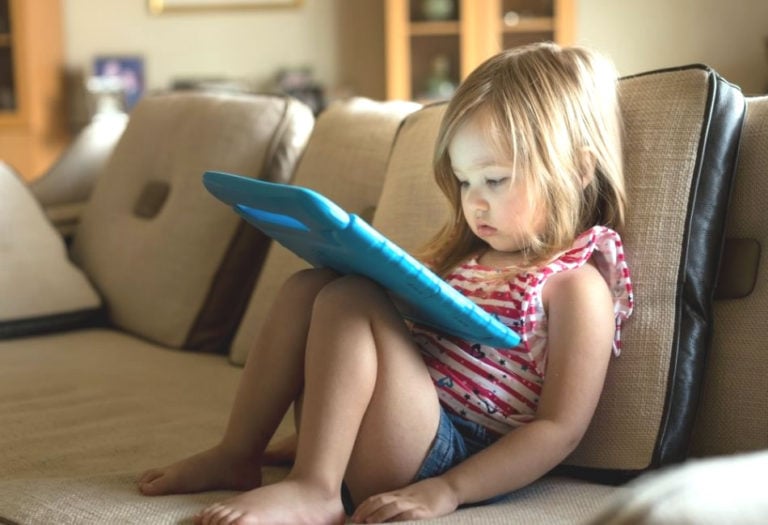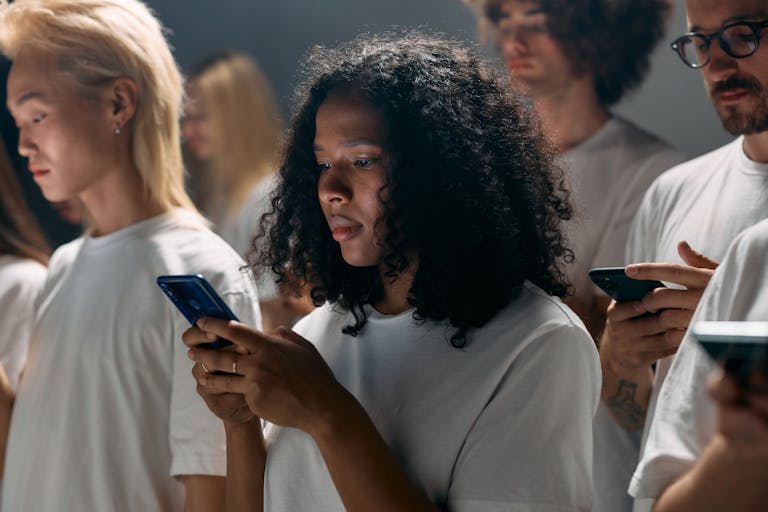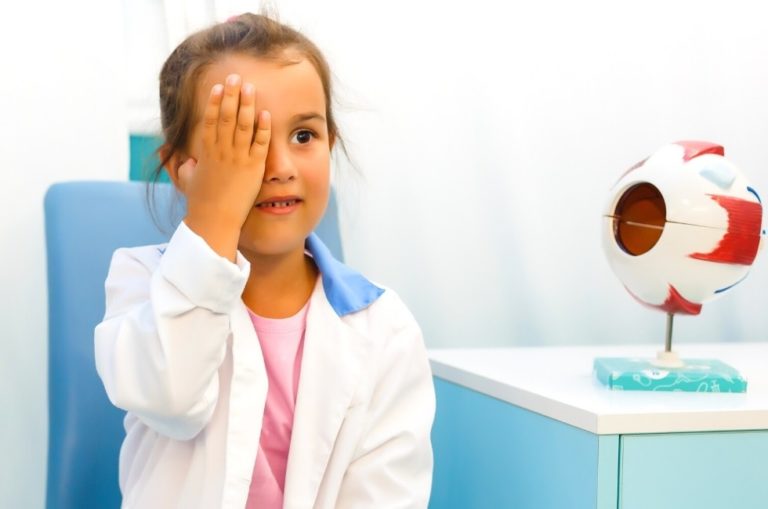Is The Classroom Is A Breading Ground For Myopia?
Statistics show that between 5 to 10 percent of preschoolers, and as many as 25% at grade school, have vision problems caused by refractive errors like myopia (shortsightedness), and a host of other eye disorders. All of these can result in learning difficulties, affect social interactions, and stunt motor skills development, and they can also lead to bad behaviour and a poor self image, according to behavioural optometrists Gary Rodney, a fellow of the International Academy of Orthokeratology and Myopia Control (FIAOMC), and Smart Vision partner Jacqueline Gattegno.
Gattegno says that many of these problems are not something schoolchildren can necessarily just grow out of, but many can be minimised from further breakdown or improved with treatment or vision therapy, as long as there is timely intervention.
Without treatment, she said, the situation, and the children’s consequent view of life and the world around them, is likely to get worse with time and age, as the visual impairment progresses to more severe levels. The end result could be that not only their classroom learning experience could be negatively affected, but also the way they live their adult life, perform in their career, and handle social interactions and relationships. And that’s in addition to the impact vision problems can have on sight acuity as the years go by.
Missing the Possible Source
“The numbers just keep growing, but the message is still not getting through clearly enough that in the classroom, what could be construed as bad behaviour, laziness, low performance, difficulty reading, or inadequate responses to questions, might actually be the result of undisclosed or not yet identified vision problems,” she said.
According to Rodney, this misunderstanding can result in misdiagnoses which ascribe these children’s poor performance to ADHD, dyslexia, autism and many more similar disorders, which could be remediated with appropriate intervention. The problem may lie within the visual system, either partially or completely, says Rodney. And, even when the diagnosis is correct, vision problems may also be part of it, and silently making it worse. He said checking for vision problems and controlling them or treating them with vision therapy could make a big difference to the outcome.
Causes of Children Seeing The World Differently
What the children see around them could be distorted by vision problems such as a “lazy eye” (amblyopia), which can appear normal, but could end up sightless because of its poor vision in comparison with the other eye; misalignment of the eyes (strabismus); or refractive errors like myopia (nearsightedness), hyperopia ( farsightedness), and astigmatism, all of which don’t receive the light-carried data correctly, or in the right place, because of misshapen corneas or eyeballs.
Child Vision Problems on the Increase
According to Rodney, the number of children with vision problems, and the level of severity of those impairments, has been shown to grow exponentially as students progress with their studies, particularly when the disorder is myopia. Nearsightedness, which allows for clear vision only when the object is close by, and presents everything at a distance as a blur, has been increasing its grip on children’s eyes since the middle of last century and is soaring to new levels every decade to a point where it is being seen as an epidemic.
Keeping an Eye on Vision
He said it was vital that today’s schoolchildren were taken for regular eye check-ups to keep track of their eye health. But it was also vital that parents and teachers were alert to signs that could indicate the existence of a vision disorder.
These include problems with focusing, having trouble reading what’s written on the blackboard, or seeing what’s happening in the distance. This can lead to difficulty in reading, squinting, and frequently rubbing eyes, as well as constantly holding a book very close when reading, or moving nearer to the screen when watching it.
For more information visit the Smart Vision website: Optometrists Sydney: Optometry Services For Children and Adults | Smart Vision; for specific information about Myopia treatment and prevention visit Myopia Prevention: Solutions, Control And Treatment In Sydney; and for detailed information about Myopia Treatment visit Orthokeratology In Sydney: The Non Surgical Alternative.
Contact us for an appointment for a thorough eye check-up or Call the Bondi clinic on (02) 9365 5047 or the Mosman clinic on (02) 9969 1600.

